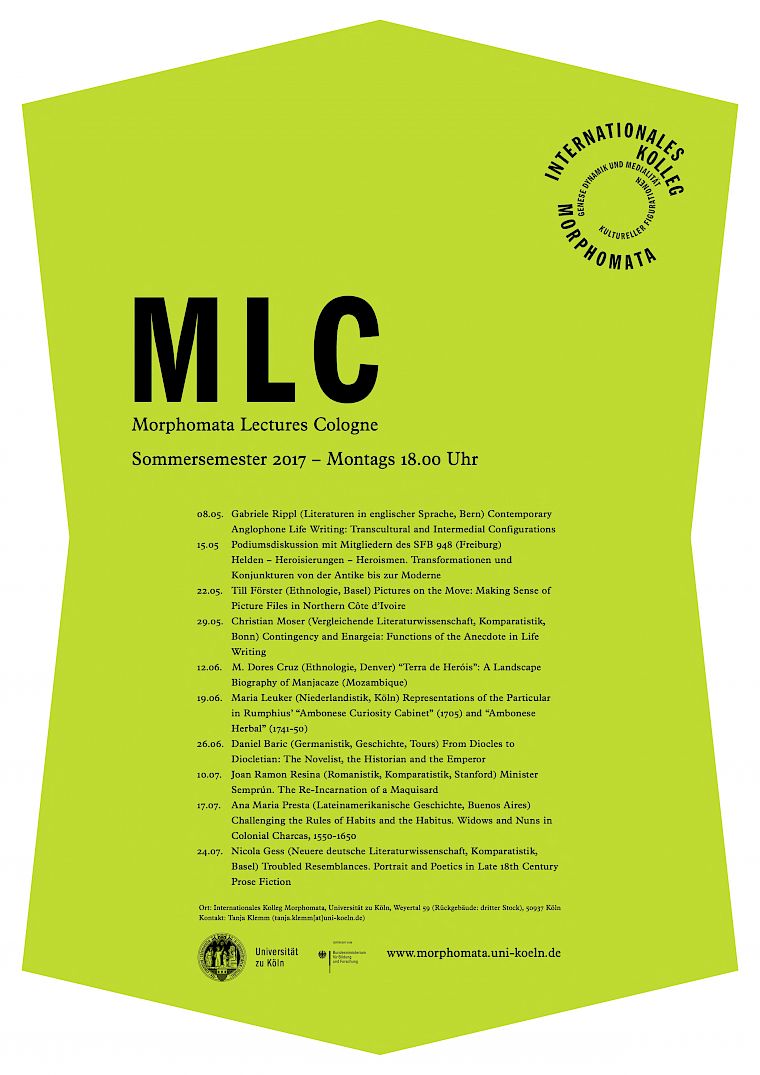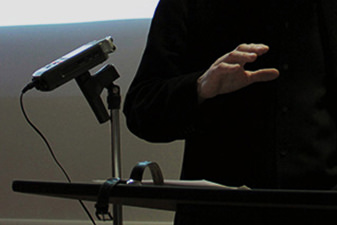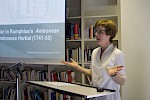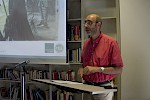Working as a merchant in the service of the Dutch East India Company in the second half of the seventeenth century, G.E. Rumphius studied the flora and the marine fauna of the Moluccas while he stayed on the island of Ambon for almost half a century. His Ambonese Curiosity Cabinet (Amsterdam, 1705), one of the first scholarly works on crustaceans, molluscs, shells and conches as well as minerals and stones in a European vernacular, and the six volumes of his Ambonese Herbal (Amsterdam, 1741-55), a description of about 1300 plants of the Moluccas, prove that the production and reception of knowledge about natural history was situated in cultural contact between Asian and European actors. The lecture investigates the particular and its modes of representation in Rumphius’s texts. The particular as the wondrous is a key concept of the Ambonese Curiosity Cabinet, which addresses itself to collectors of rarities. The Ambonese Herbal also pays much attention to strange and curious plants. In Rumphius’s texts, the representation of an object or a phenomenon as particular can refer to nature’s riddles yet unsolved or to new facts and new knowledge. Moreover, the particular is mostly represented in the form of narratives – be they anecdotes, observations, legends or fairy-tales. They are not merely inserted to divert the readers, but fulfil an epistemic function, as will be shown with examples from both texts. Wonder and curiosity are aroused to stimulate further research.
Maria Leuker (Niederlandistik, Köln)
19.06.2017



